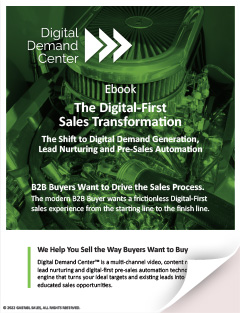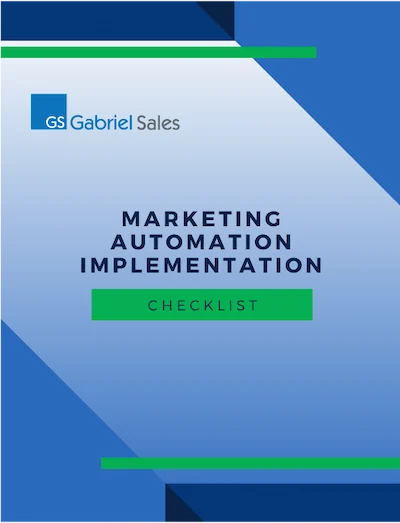 In the past, the buyer’s road to a B2B purchase was pretty clear. As there weren’t many options for gathering information on products and services, buyers had to go to trade shows or read through industry catalogues if they were looking for a solution. Information was so scarce that these buyers didn’t mind being “sold to”, either directly or through marketing messages.
In the past, the buyer’s road to a B2B purchase was pretty clear. As there weren’t many options for gathering information on products and services, buyers had to go to trade shows or read through industry catalogues if they were looking for a solution. Information was so scarce that these buyers didn’t mind being “sold to”, either directly or through marketing messages.
Today, we are all on information overload. An article in Huffington Post estimates that Americans are exposed to 250 to 3,000 advertising messages daily. Buyers today are not hungry for sales information; they want to get as far away from it as they can.
This is the situation that has added tremendous value to B2B inbound marketing techniques, especially for lead generation. Because so many buyers are now turned off by traditional, self-promotional marketing, less intrusive inbound strategies instead let the buyer come to you when they are ready to be sold to.
In fact, all of your B2B inbound marketing tactics should not be focused on closing, but instead focused on education and giving prospects the information they need to move themselves through your sales cycle independently. This means that when coming up with an inbound marketing strategy, you need to map out your sales cycle and create educational marketing content to fit each stage.
Inbound marketing content can vary immensely, depending on your company’s needs and overall goals. Blogs, quick YouTube videos and infographics are great for early stage buyers while white papers, software demos or comparison-focused content are better later in the buying cycle. Social media can be used throughout the buying cycle and is great for lead nurturing and staying top of mind.
While all of these inbound marketing strategies can be effective for B2B lead generation, it is extremely difficult to measure that effectiveness without a marketing automation platform in place. With marketing automation, you have a “behind-the-scenes” view of which prospects are interacting with what content. You are therefore able to identify where your leads are coming from and how far along in their buying stage they are. You can also determine what tactics are most successful by measuring how many leads are coming from each source or piece of content.
If you would like more information on B2B inbound marketing tactics, click here. If you have any questions, please feel free to contact us.




